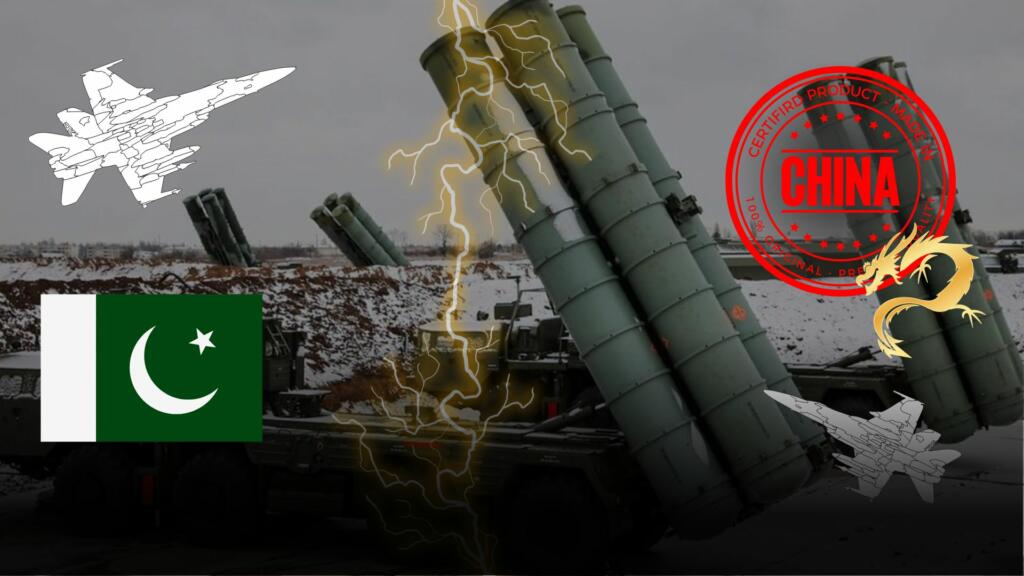In recent times, Pakistan has faced significant challenges in safeguarding its airspace, prompting questions about the effectiveness of its air defense systems. The repeated violations, notably by Iran and India, have exposed critical gaps in Pakistan’s military capabilities. Despite substantial investments and the acquisition of advanced Chinese defense systems, the nation finds itself grappling with breaches that raise concerns about the reliability of its air defense infrastructure.
The Wake-Up Calls
Abbottabad Raid (2011): A Stark Reality Check
In May 2011, the US Navy SEALs carried out a daring operation to eliminate Osama Bin Laden in Abbottabad, Pakistan. Shockingly, Pakistani air defense, primarily consisting of Chinese-origin systems, failed to detect the intrusion. The delay in response highlighted critical shortcomings, showcasing the vulnerability of Pakistan’s airspace.
Balakot Strike (2019): Another Missed Opportunity
The Indian Air Force’s incursion into Balakot in February 2019 exposed the inadequacies of Pakistan’s air defense once again. Despite prior knowledge and preparedness, the defense systems faltered, allowing the Indian assets to strike with impunity.
Brahmos Missile Incident (2022): A Troubling Pattern
March 2022 witnessed an Indian Brahmos missile traveling deep into Pakistani territory, uncontested for nearly four minutes. The admission that the defense systems were aware of the missile’s launch raised eyebrows, questioning why they couldn’t prevent the breach.
Current Crisis: Triple Breach
The recent missile and drone strikes by Iran on alleged terror training camps in Balochistan underscore a disturbing trend. With breaches from Afghanistan, India, and now Iran, Pakistan’s airspace security faces unprecedented challenges.
Chinese-Origin Air Defense Systems: A Double-Edged Sword
A significant portion of Pakistan’s air defense arsenal is sourced from China, its “iron brother.” The HQ-9 air defense system, commissioned in 2021, is a long-range missile system designed to engage both aircraft and cruise missiles. However, recent events cast doubt on its effectiveness.
The Legacy of Reverse Engineering: HQ System
The HongQi (HQ) air defense system, essentially a copy of the French Crotale, was reverse-engineered by China in the late 1970s. While this replication showcased China’s technological prowess, its reliability in modern warfare remains questionable, as evident from the repeated breaches in Pakistan’s airspace.
Promise vs. Reality
Pakistan employs the American TPS-77 and Chinese YLC-18A radar systems for long-range surveillance. Despite claims of detecting and tracking hostile aircraft, their performance in real-world scenarios has been far from satisfactory.
A Ready-to-Fire Disappointment
The induction of the Chinese LY-80 Low to Medium Altitude Air Defense System in 2017 was hailed as a game-changer. However, recent incidents suggest a stark contrast between claims and reality. Questions arise about the system’s functionality and the effectiveness of those handling it.
Aircraft Systems: Flying Blind
Pakistan operates Saab 2000 Erieye and Chinese ZDK-03 aircraft for early warning and control. Despite these sophisticated systems, past incidents reveal a worrying pattern of airspace violations without adequate response, raising concerns about the competence of those entrusted with these technologies.
A Call for Action
The recurring breaches have thrust Pakistan’s military officials into a critical juncture. The overreliance on Chinese equipment has proven inadequate, prompting a need for diversification and a reevaluation of existing strategies. The recent escalation with Iran adds urgency to this reassessment.
A Lesson Learned the Hard Way
Pakistan’s airspace vulnerability, learned through hard-hitting incidents, necessitates a comprehensive reevaluation of its air defense systems. The “Made in China” error has highlighted not only the limitations of current technologies but also the importance of investing in diversified and reliable defense mechanisms. As Pakistan stands at a crossroads, the imperative is clear – secure borders demand a robust defense strategy that goes beyond reliance on a single source. The nation must learn from its past to fortify its future.
